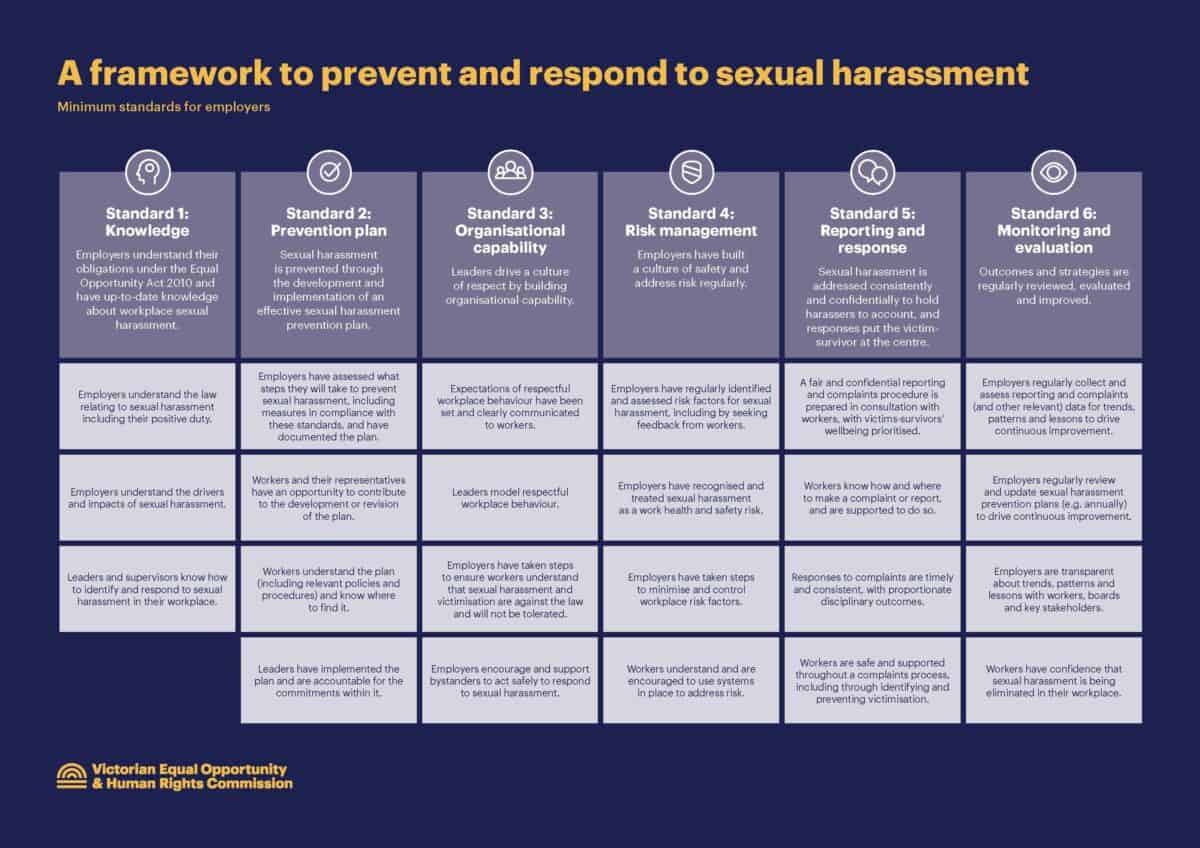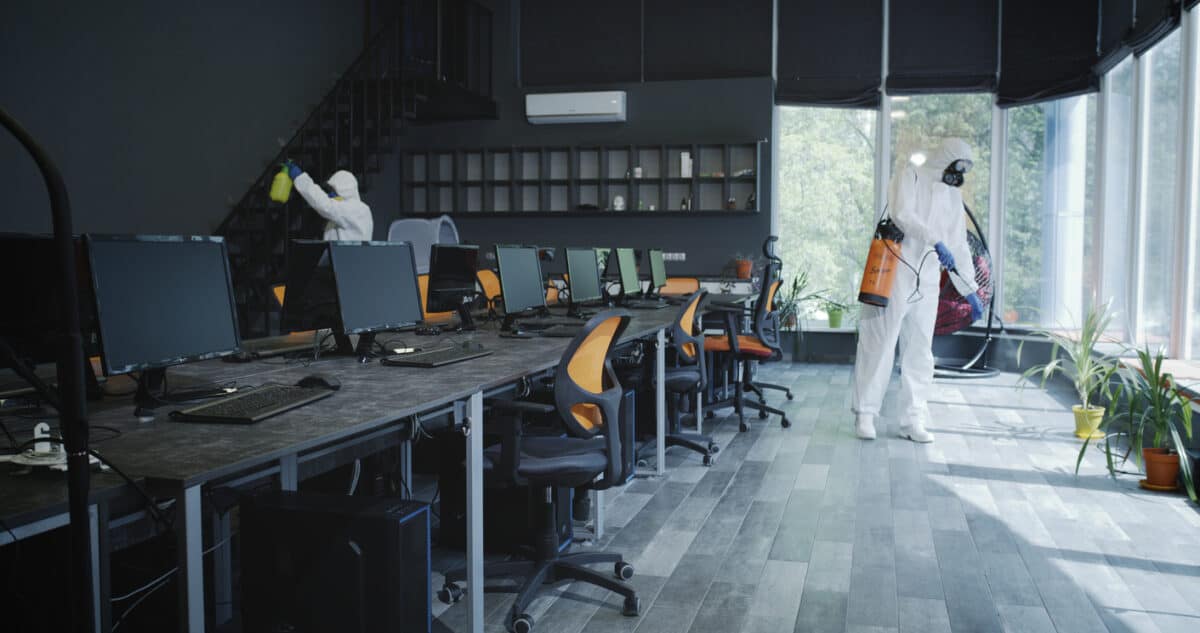Outside of unionised workplaces, psychological hazards are usually managed as part of the Human Resources (HR) function. HR’s principal reference point is the industrial relations (IR) laws. Occupational health and safety (OHS) overlaps with IR and HR but is usually treated as the annoying little brother following his siblings, who know better because they are older and closer to adulthood.
This situation must change for employers to effectively prevent mental ill-health in their workplaces, but it will require more concessions, or maturity, from Human Resources professionals. Lawyer Alena Titterton hinted at this change in a recent article for the Australian Institute of Health and Safety.







